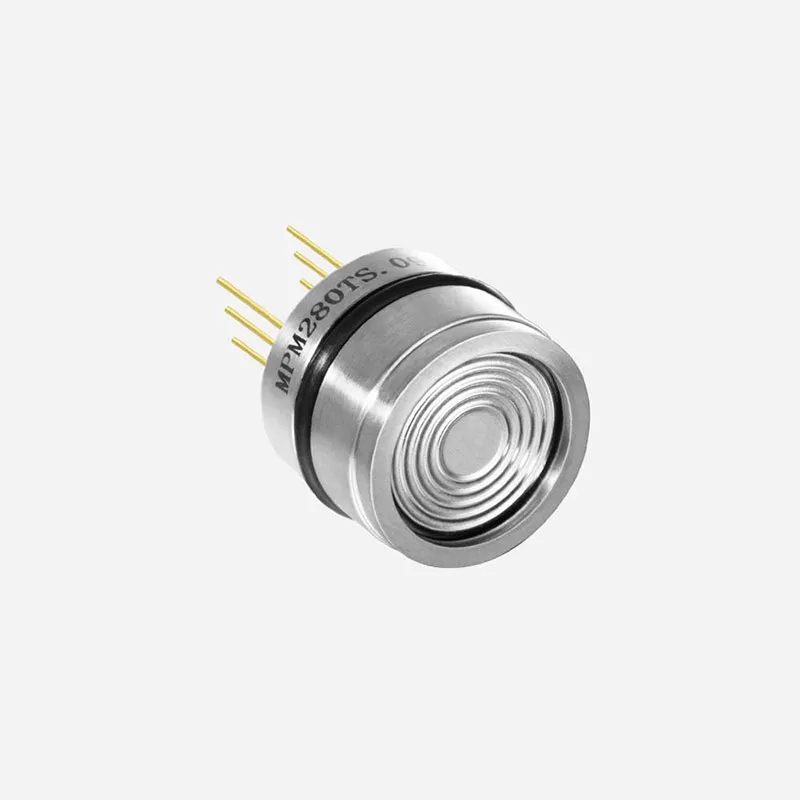Anti-corrosive Pressure Sensor
Φ19mm
-1bar...0bar~1bar…700bar
Tantalum Diaphragm
New Product Change Notice (PCN) effective Jan 1, 2025. MICROSENSOR appreciate your understanding.
MPM280TS
Used For
Chemical Processing, Oil and Gas Production, Water Treatment
Leave a MessageMPM280TS Anti-corrosive Pressure Sensor is made of corrosion-resistant materials to resist the erosion of corrosive media. Tantalum isolated diagram plus SS316L shell housing. Viton O-rings for sealing. Both standard and customized mechanical and electrical configurations are available.
The anti-corrosive property of MPM280TS makes it ideal for use in a wide range of industrial applications, including chemical processing, oil and gas production, and water treatment. By providing accurate and reliable pressure measurements, even in corrosive environments, anti-corrosive pressure sensors help ensure safe and efficient operations, while reducing downtime and maintenance costs.
Specification
• Linearity: Typ. ±0.15 %FS
• Repeatability: Typ. ±0.05 %FS
• Hysteresis: Typ. ±0.05 %FS
• Zero output: Typ. ±1.0 mV DC
• Output/Span**: Min. 70 mV DC
• Zero thermal error: Typ. ±0.75 %FS, @25℃
• FS thermal error: Typ. ±0.75 %FS, @25℃
• Working Temp. Range: -40~125 ℃
• Long-term Stability: Typ. ±0.2% FS/Year
Image:
MPM280TS Anti-corrosive Pressure Sensor is made of corrosion-resistant materials to resist the erosion of corrosive media. Tantalum isolated diagram plus SS316L shell housing. Viton O-rings for sealing. Both standard and customized mechanical and electrical configurations are available.
The anti-corrosive property of MPM280TS makes it ideal for use in a wide range of industrial applications, including chemical processing, oil and gas production, and water treatment. By providing accurate and reliable pressure measurements, even in corrosive environments, anti-corrosive pressure sensors help ensure safe and efficient operations, while reducing downtime and maintenance costs.
Specification
• Linearity: Typ. ±0.15 %FS
• Repeatability: Typ. ±0.05 %FS
• Hysteresis: Typ. ±0.05 %FS
• Zero output: Typ. ±1.0 mV DC
• Output/Span**: Min. 70 mV DC
• Zero thermal error: Typ. ±0.75 %FS, @25℃
• FS thermal error: Typ. ±0.75 %FS, @25℃
• Working Temp. Range: -40~125 ℃
• Long-term Stability: Typ. ±0.2% FS/Year
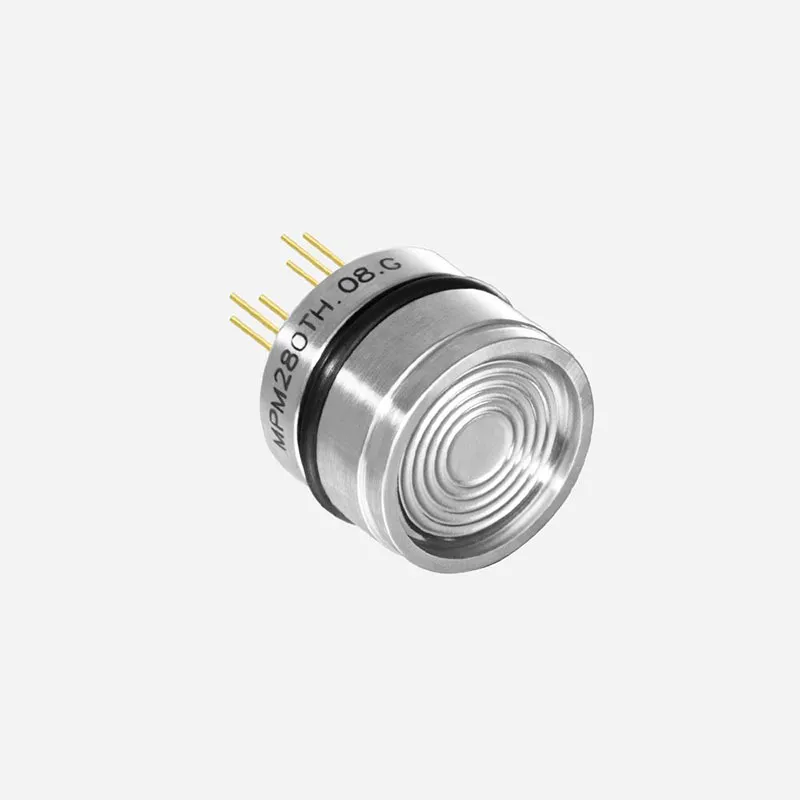
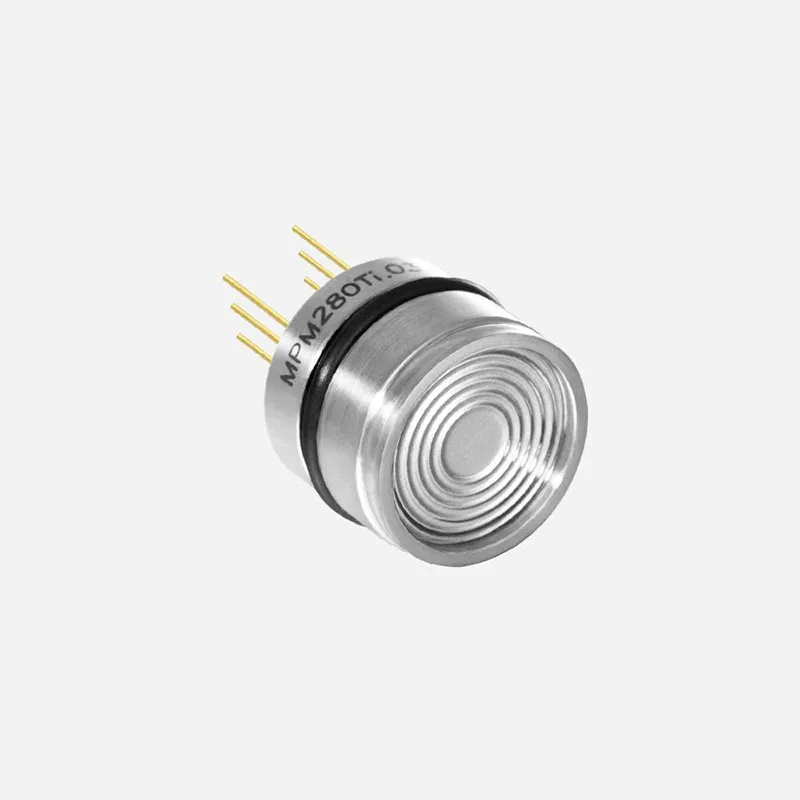
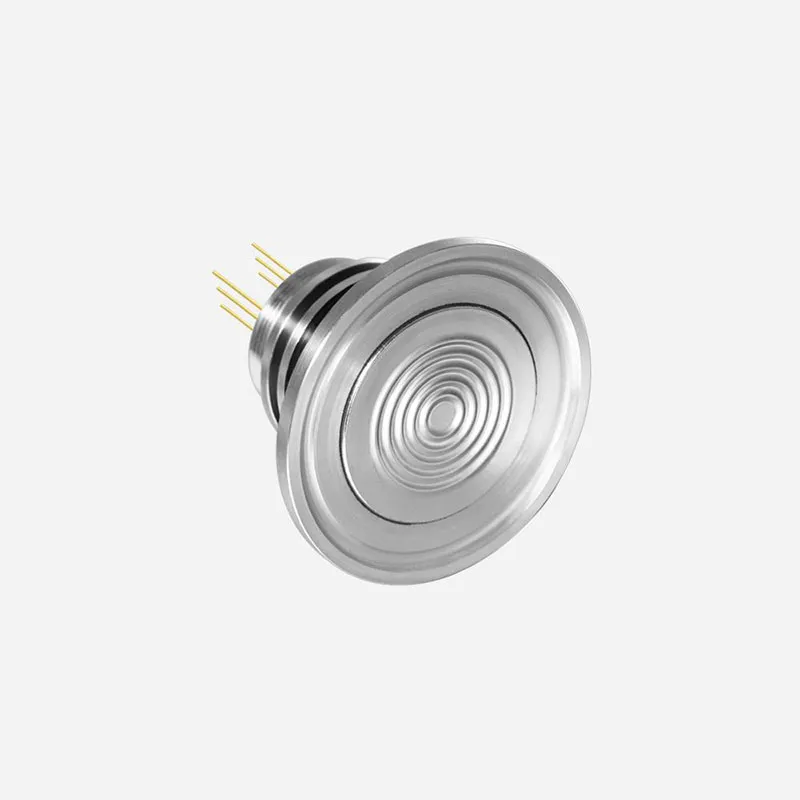
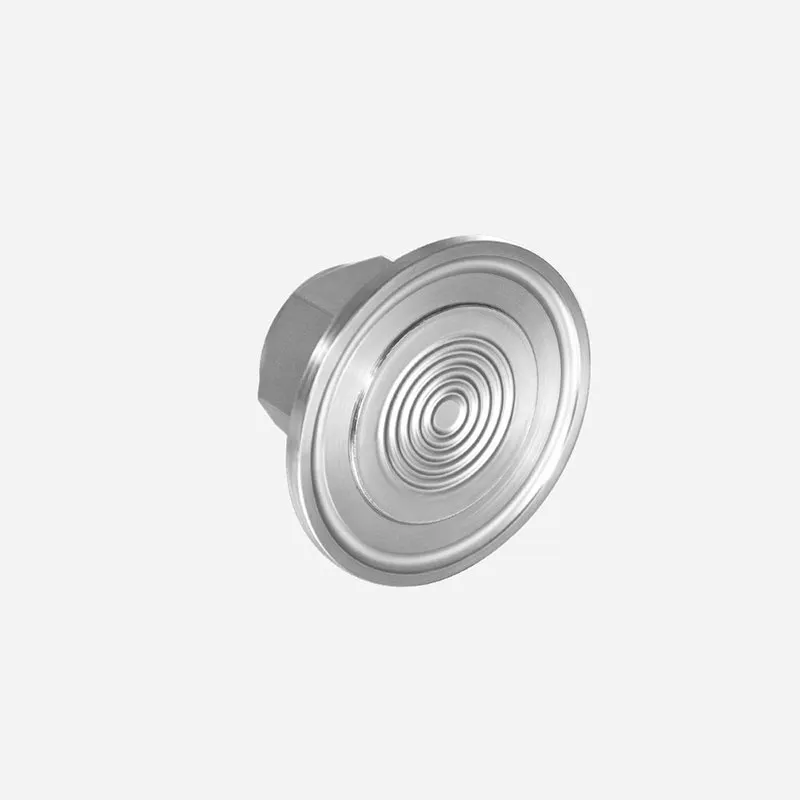
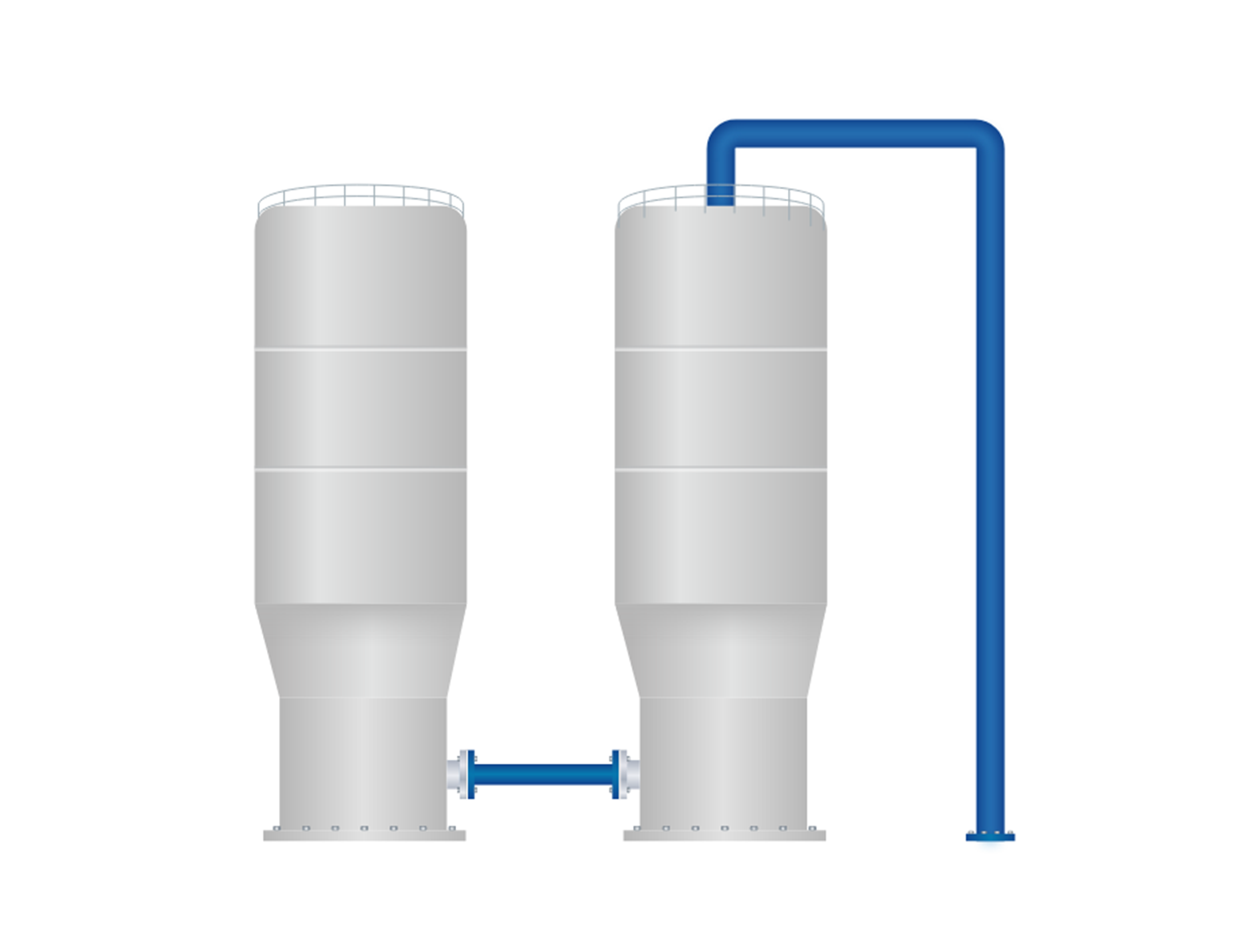
Large, high-capacity pulp storage towers with agitation homogenize the prepared pulp to guarantee continuous paper mill operation. Pump operation produces steam from the heated, agitated pulp, which also causes level oscillations.
more info...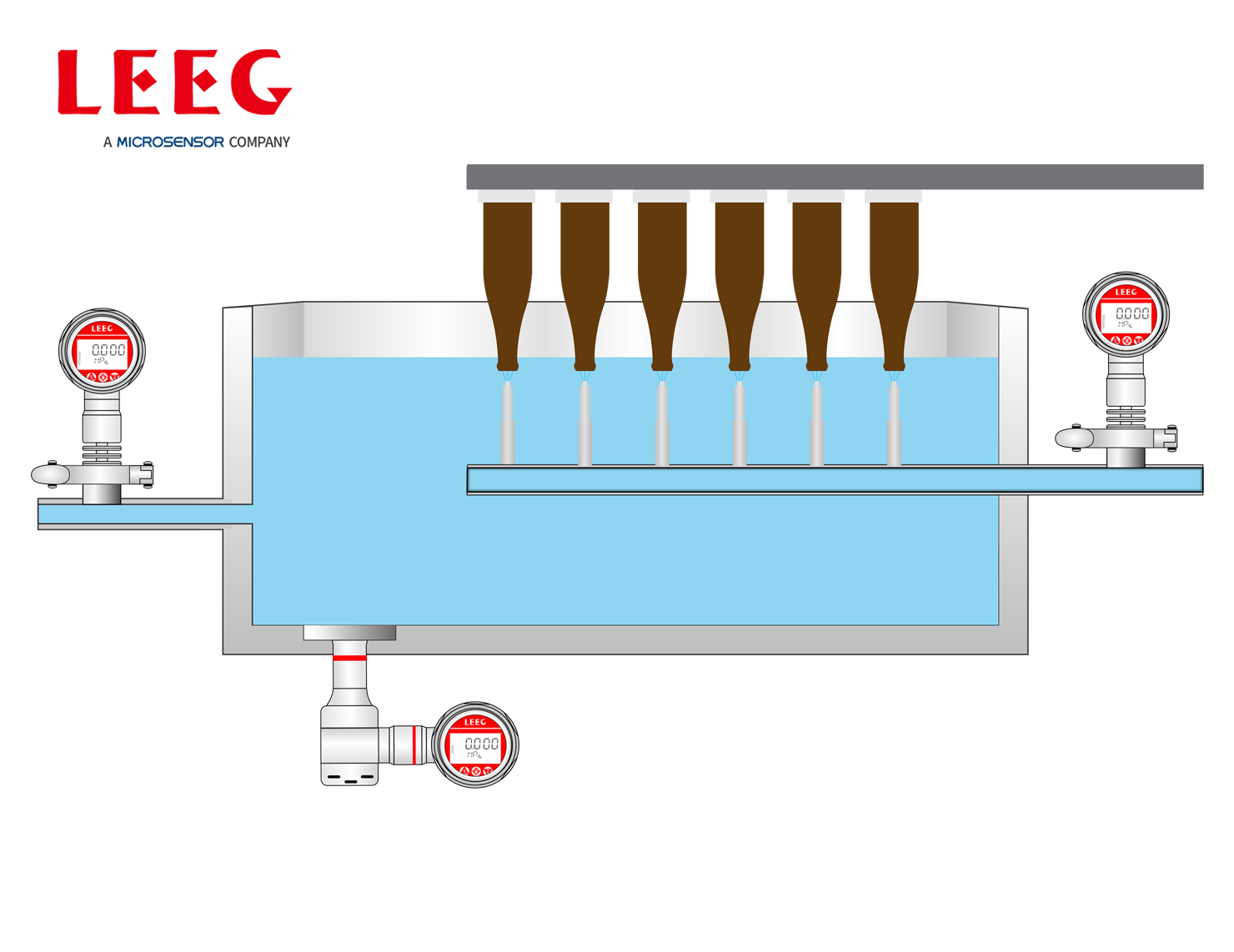
Before beer bottles, medicine bottles, and condiment bottles are filled with liquid, they need to be cleaned first. The cleaning process is as follows: First, the bottles are filled with lye in the alkali tank to remove most of the stains; then, the bottles are back washed with high pressure using water of different temperatures to wash away the remaining impurities and lye. To ensure the stable operation of the bottle washing machine, the level of the alkali tank needs to be measured by hydrostatic pressure. In addition, the pressure of the alkali tank water inlet pipe and the nozzle pipe also needs to be measured.
more info...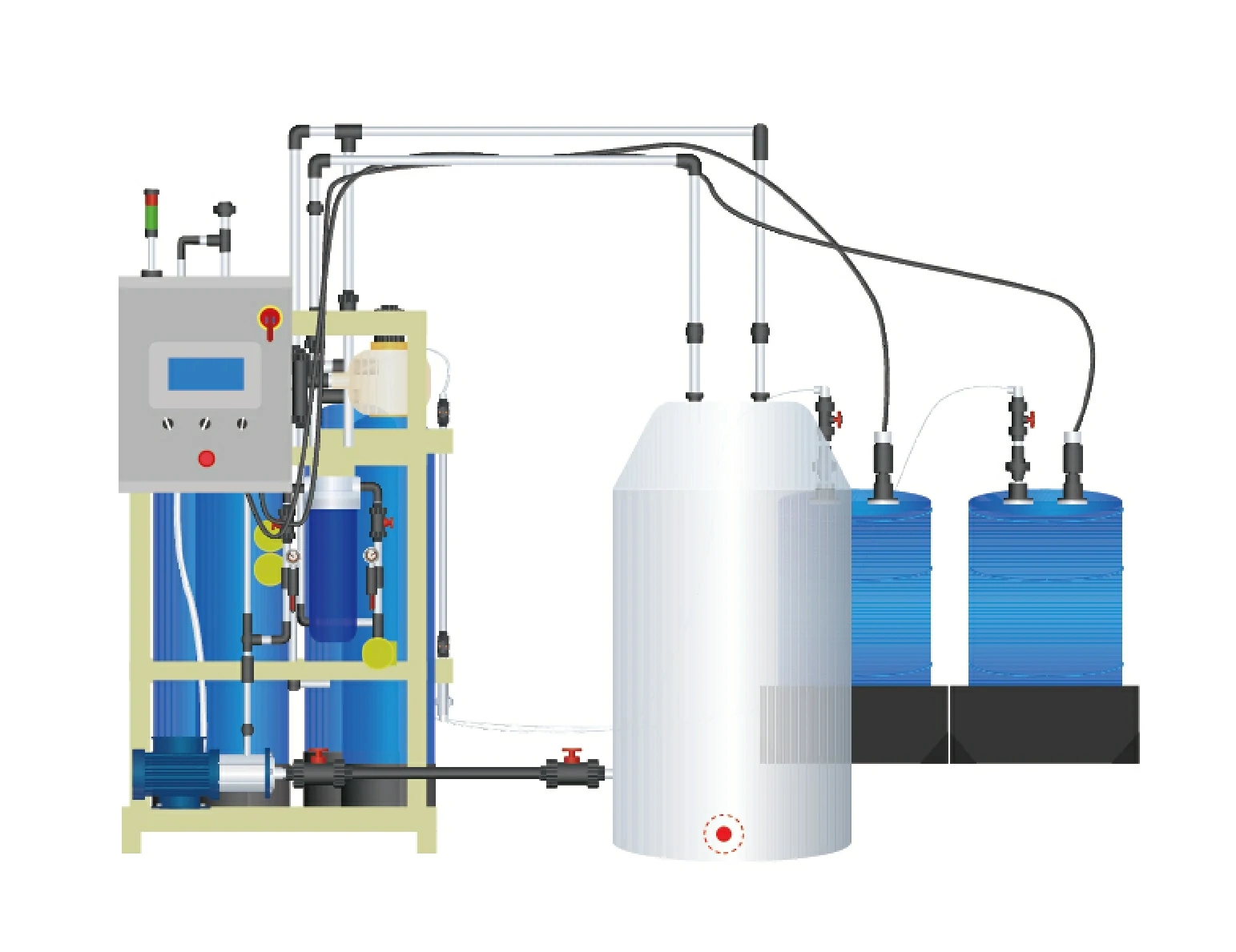
Deionized water is commonly used in industrial manufacturing cleaning processes. The target pressure values should be achieved during the production. It is necessary to monitor the pressure of the inlet and outlet. Only no blockages or leaks ensure normal operation of the production process.
more info...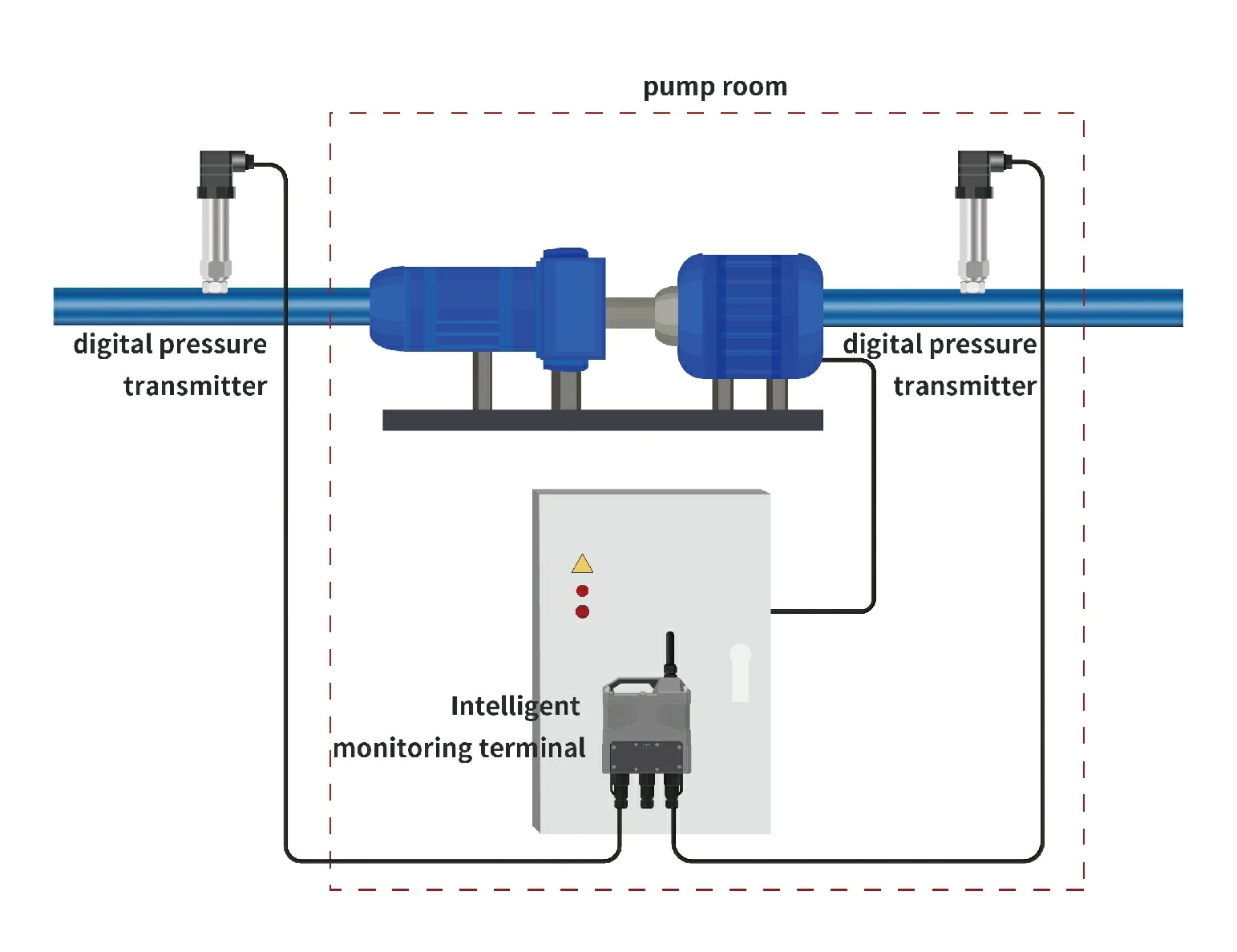
Various monitoring instruments are installed in the water storage tanks, pools, and pipelines of the water supply pump station to monitor the operation of the facilities in real-time. Through advanced cloud computing and big data technology, production data is integrated for timely alarms and early warnings.
more info...